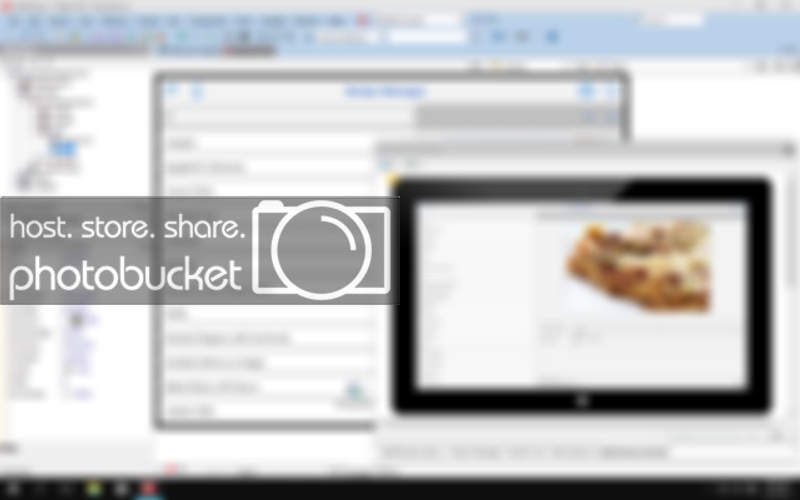

If this function returns the boolean "true", it means a new packet has been successfully parsed and the newly received packet's data is stored/available in SerialTransfer.rxBuff. This makes your Arduino parse any received serial data from the other Arduino. For example, if "messageLen" is 4, the first 4 bytes of SerialTransfer.txBuff will be sent via serial to the other Arduino. This makes your Arduino send "messageLen" number of bytes in the transmit buffer to the other Arduino. You can pass any "Serial" class object as a parameter - even "SoftwareSerial" class objects! ndData(const uint16_t &messageLen) Initializes an instance of the library's class. The number of payload bytes received by the other Arduino and stored in SerialTransfer.rxBuff SerialTransfer.begin(Stream &_port) This is a byte array where all payload data received from the other Arduino is buffered.

You can stuff this buffer with bytes of data to send to another Arduino. This is a byte array where all payload data to be sent over serial is buffered before transmission. Below is a description of all of the library's features - many of which we will use later in this tutorial: SerialTransfer.txBuff SerialTransfer.h allows you to easily send large amounts of data using a custom packet protocol. If you want to learn more about the low-level theory on robust serial communication, see this tutorial. In short: this Instructable will go over how you can implement robust serial data easily in any project using the library SerialTransfer.h. This Instructable will use the library SerialTransfer.h for serial packet processing. Luckily for Arduino users, there are libraries available that can do all of this complex logic behind the scenes so you can focus on getting your project to work without extra headace. Serial packet design, packet stuffing, and packet parsing is complex and difficult to achieve. The key is to add this context data to the byte stream by using a standard serial packet design. Without being able to interpret the data, your Arduinos will not be able to reliably communicate.

Without any sort of context within the stream of bytes, it is nearly impossible to interpret the data. Unfortunately, it is difficult for hobbyists to get serial data communication working in their own projects.This is because serial data is sent as a stream of bytes.
ARDUINO DELPHI SERIAL COMMUNICATION SOFTWARE HOW TO
Whether you're a hobbyist that is building an RC car, an RC airplane, or designing a weather station with a remote display, you will need to know how to reliably transfer serial data from one Arduino to another. Many Arduino projects rely on transmitting data between several Arduinos.


 0 kommentar(er)
0 kommentar(er)
